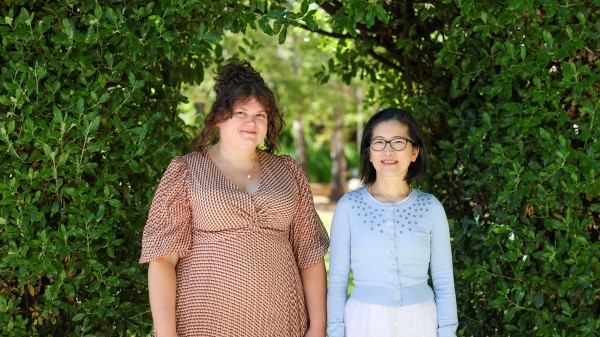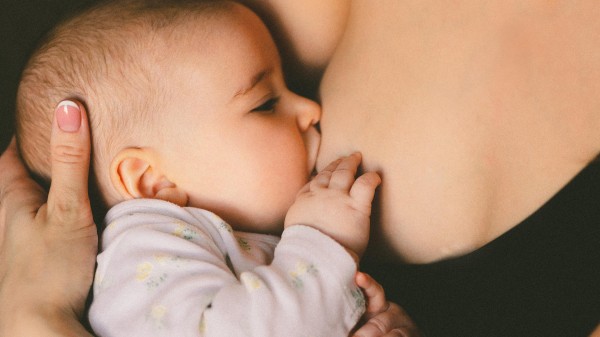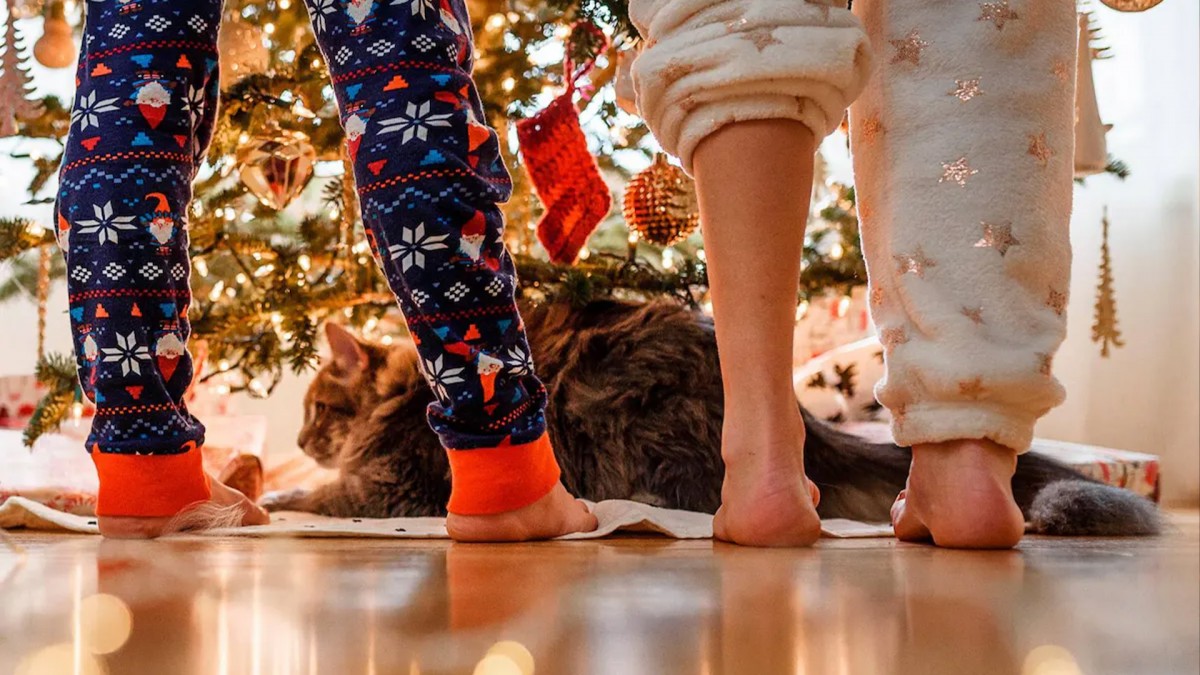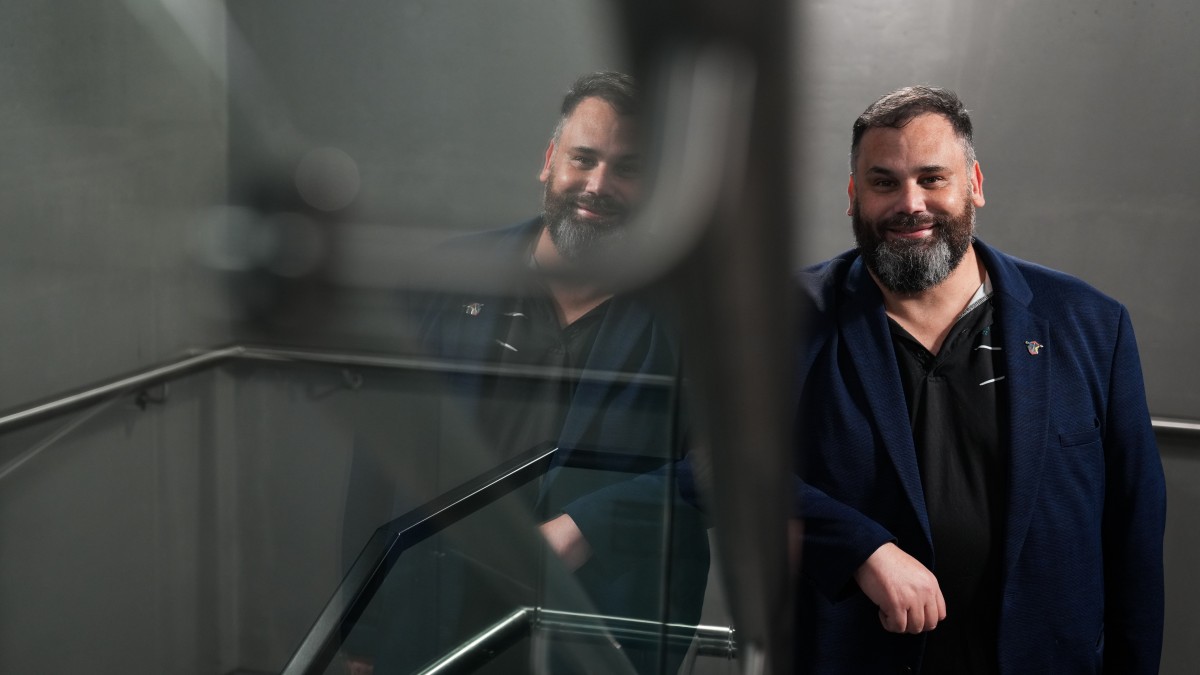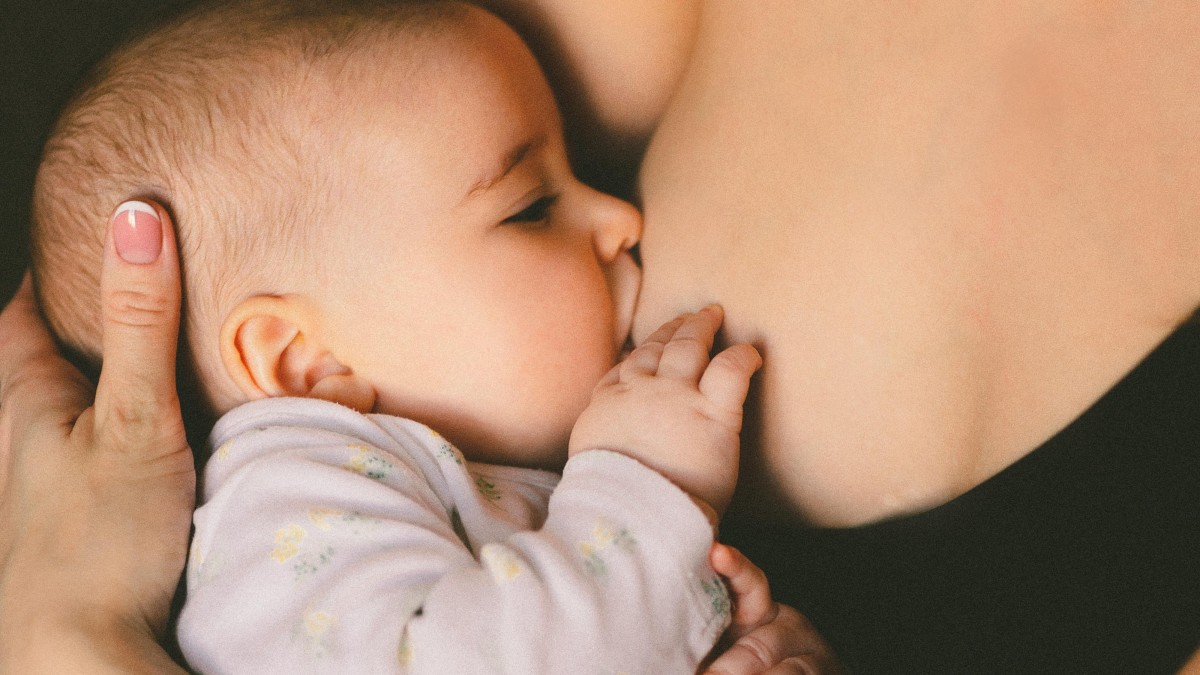Sometimes, the hardest conversations are the ones that are the most important to have – this is true of family and domestic violence in Australia.
As of 3 December 2023, 58 women have allegedly been killed in violent incidents, many of them as a result of domestic and family violence, according to Counting Dead Women Australia.
That number is on track to rise. Hospitalisations as a result of domestic violence in Australia consistently spike towards the end of the year.
Dr Dave Pasalich from the Australian National University (ANU) School of Medicine and Psychology says that there are a number of factors that may be behind this spike.
“We know that, over the Christmas holiday period, family and domestic violence rises – that’s both reported by family services and what the statistics show,” Pasalich explains.
“What we often see is an increase in alcohol consumption, which can lead to more violent behaviours, as well as emotional fatigue and heightened stress – for instance, this year, we’ve seen very high cost of living pressures and financial stress. But also, the more time families spend together under difficult circumstances, the higher the chance for family conflict to escalate.”
The way that domestic violence can manifest in intimate relationships is different for everyone, making the warning signs nuanced, experiential and often, allowing them to hide in plain sight. Pasalich says this creates patterns of violence that can be extremely dangerous for victims.
“Family and domestic violence does not discriminate and really varies on a case-by-case basis. For example, it might be a pattern of controlling and intimidating behaviour against a former or current partner. That can involve psychological abuse and coercive behaviours,” he says.
“It can also include controlling a partner’s finances or even controlling their whereabouts, which can be done in person or assisted by technology.
“These behaviours can be subtle and are often not a salient event. But in some families they are linked to and may precipitate serious physical violence.”
For the children caught in these cycles of abuse, the Christmas holidays can drastically increase exposure to violence. Removed from under the watchful eyes of teachers and the support systems of school, they become what Pasalich describes as the “unseen victims.”
“Often, there are increased reports of child safety concerns around the school holidays because children are entirely under the supervision of parents, but if they lack the capacity to provide appropriate care, we see increases in neglect alongside emotional and physical abuse for children exposed to family violence,” Pasalich explains
“Devastatingly, some families are left homeless when mothers and their children are forced to flee violence just to preserve their safety. This magnifies their isolation, trauma and even sense of shame.”
For children exposed to family violence, neighbours, extended family and friends can play a significant role in allowing these invisible victims to be seen. It starts with knowing what to look out for, says Pasalich.
“One thing we could be looking for is a change in the child’s behaviour,” he says.
“If a child doesn’t disclose what’s happening, or doesn’t wear the physical marks of abuse, the seriousness of their family’s situation may not be on people’s radars over this period.
“For instance, a deterioration in the child’s functioning – such as their physical hygiene, but even beyond their appearance to how they’re behaving. Are they acting very aggressively? Are they having behaviour problems in their community? Or are they engaging in risky activities and are out and about without age-appropriate supervision?
“But it can also be the opposite. A child that might not be let out of the home at all to play with other children or suddenly doesn’t want to.”
Beyond recognising these red flags, it’s clear that more needs to be done to address this crisis. Much like the complexity of family and domestic violence, the solutions aren’t simple, but as Pasalich explains, we all have the ability to spark up a conversation that could inspire much-needed change.
“If we are dealing with a victim-survivor, and this could be an adult as well as a child, we need to listen with empathy, compassion and without judgement.
“It could be a difficult conversation to bring up but an important one nonetheless. And so the best thing to do is to listen and then to prioritise their safety.
“We wouldn’t want to bring up the conversation where the perpetrator is in earshot. We want to make sure that if we are going to raise a conversation, we do this in a safe place where we are prioritising the safety of that person.
“Then, we need to encourage victim-survivors to seek appropriate support if they’re an adult. If it’s regarding a child, we could consider notifying the relevant child protection authority.
“As a community, we all have a role to play.”
Anyone at risk of family and domestic violence and/or sexual assault can seek help 24 hours a day, seven days a week, either online or by calling 1800 RESPECT (1800 737 732). Information is also available in 28 languages other than English. In a life threatening emergency dial Triple Zero (000)
If this article has raised issues for you or if you’re concerned about someone you know, call Lifeline on 13 11 14 or beyond blue on 1300 22 4636.
Domestic and family violence support and services in the ACT can be found at ACT Government Community Services. Further support can be at Services Australia and White Ribbon Australia.
This article was first published in the ANU Reporter.





